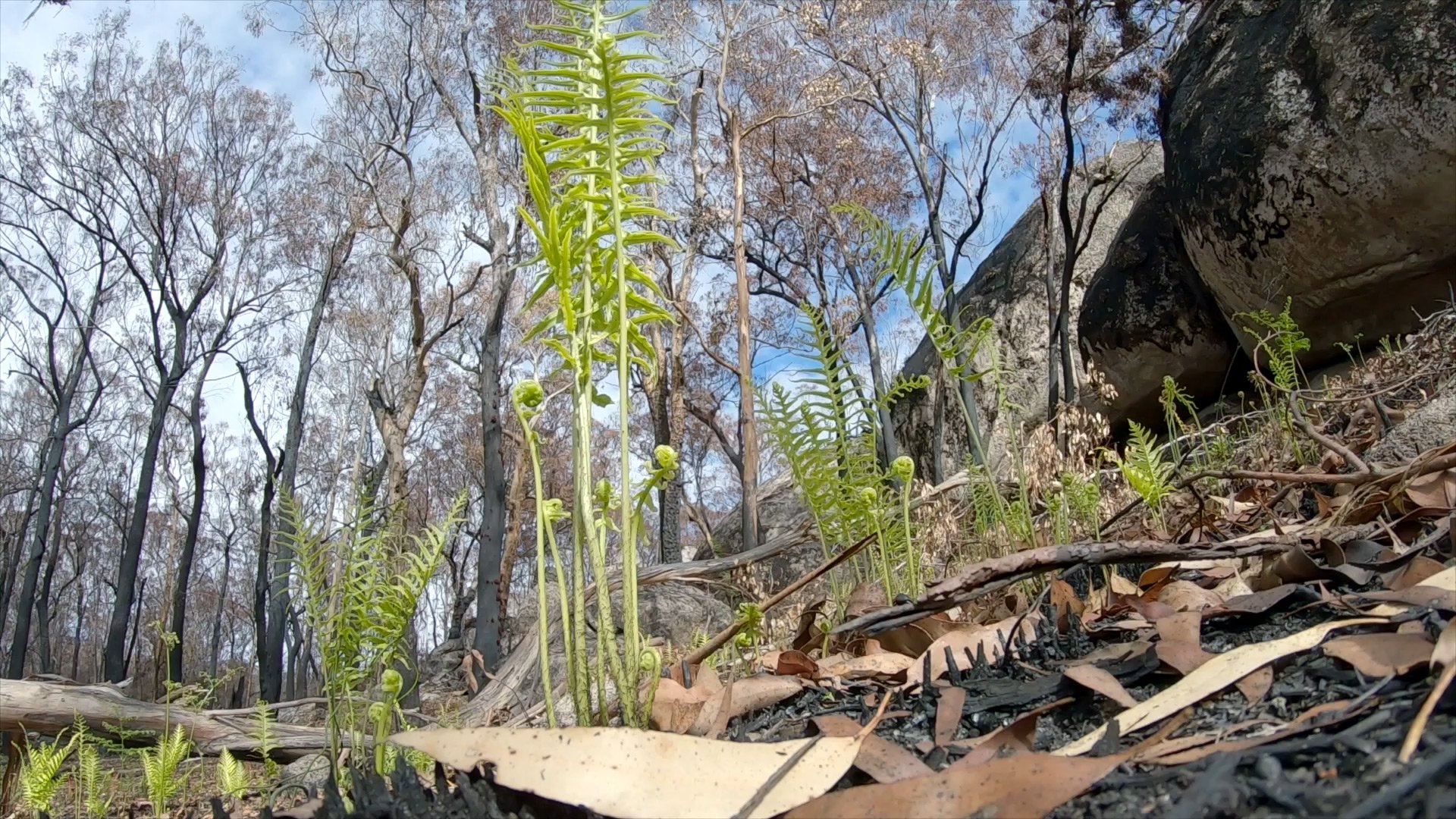
The Spotted-tailed Quoll
(Dasyurus maculatus)
Mainland Australia’s largest marsupial predator,
they are a secretive, stealthy, night hunter
Video courtesy @dannyharveyharris and @jannicokelk
The Quoll
The spectacular Spotted-tailed Quoll (Dasyurus maculatus) is mainland Australia’s largest marsupial predator. They are a secretive, stealthy, night hunter that move almost silently through the landscape hunting down their prey. Although they hunt mainly on the ground, they are very agile climbers allowing them to source their prey throughout the environment.
Being both a Keystone Species and an Apex Predator the Spotted-tailed Quoll plays a key role in ecosystem function and balance. They even out the boom and bust cycles of species within the ecosystem by being both a very capable and skilled hunter and also a scavenger. Their diet consists mainly of mammals but also includes birds, reptiles, frogs and invertebrates.
They are known to have a ‘live fast and die young’ lifestyle and only live 2-3 years in the wild. Threats to the species include habitat destruction and fragmentation, predation and competition from wild dogs, foxes and feral cats, human persecution, motor vehicle impact and disease.
This incredible and beautiful native animal is listed as endangered nationally with the last population estimate at less than 5000. This is a perilously low number and without our help, will struggle to survive in the wild and may well be on the same trajectory as the Thylacine.
Quoll Headquarters and the surrounding National Parks are a cornerstone for this species with high altitude mature old growth forest, granite boulders and escarpments and abundant gullies and watercourses shaded from the tree canopy high above. This is the preferred habitat for the species. It supplies an abundant variety of prey and shelter as well as ample den sites to raise their young.
The Spotted-tailed Quoll is the largest of Australia’s four quoll species. Quoll Headquarters was also home to the smaller Eastern Quoll (Dasyurus viverrinus) but this species was driven to extinction on mainland Australia in the 1960’s. It continues to survive in Tasmania with the Spotted-tailed Quoll but both species are in decline there also. Australia also has the Northern Quoll (Dasyurus hallucatus) across northern Australia and the Western Quoll (Dasyurus geoffroii) in the south western corner of Western Australia.
Breeding occurs annually in winter. Females produce one litter per year with an average litter size of five. Spotted-tailed Quolls reach sexual maturity at one year of age, however some females do not breed until their second year. The quoll joeys are first carried in the mother’s pouch until they get too large. She will then hide them in a den (usually a hollow log, burrow or small cave) where she will return regularly with captured food. Once the joeys reach a fully furred and developed juvenile age they join their mother on nightly hunts by riding on her back and also at foot. Juveniles are fully independent after four months and disperse to find their own territory in spring.














